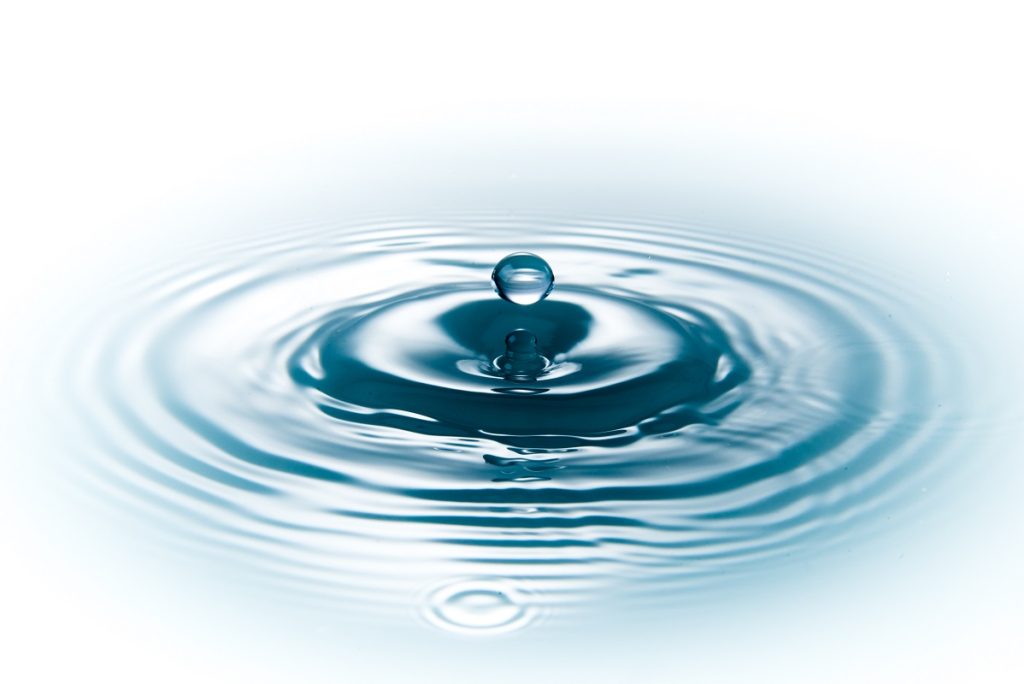- Water quality in the U.S. varies, with certain states having lower quality due to industrial pollution.
- Poor water quality can lead to bacterial infections, viral infections, lead poisoning, mineral buildup, and chemical contamination in children.
- Children are more vulnerable to waterborne illnesses due to less developed immune systems.
- Ensuring your water is bacteria-free, contaminant-free, and adequately filtered can prevent such health risks.
- Using water softeners, investing in reverse osmosis systems, and conducting regular water tests can improve home water quality.
Water is essential to life. However, drinking contaminated water can have serious health consequences, especially for children. Children’s immune systems are not yet fully developed, making them more susceptible to illnesses caused by poor water quality. As a mother, it is essential to understand how poor water quality can affect your children’s health and how to prevent it. Here’s what you need to know about water quality in the U.S., how poor water quality can make your children sick, and ways to improve water quality in your home.
Water Quality in The U.S.
Water quality in the U.S. is one of the best in the world. However, certain states like Arizona, California, and Nevada have areas with lower water quality due to industrial pollution. It’s important to be aware of the water quality in your area and take steps to protect yourself and your family from any potential health risks.
How Poor Water Quality Can Make Your Children Sick
There are various ways water quality can make your children sick. Here are some of those ways:
1. Bacterial Infections

Drinking water contaminated with bacteria can lead to bacterial infections, which can cause diarrhea, abdominal cramps, and dehydration. Children are more vulnerable to these illnesses because their immune systems are less developed than adults. To prevent bacterial infections, it is crucial to ensure that your drinking water is bacteria-free. This can be achieved by regularly disinfecting and cleaning your water storage containers. It is also essential to ensure that water filtration systems are in place and are working correctly.
Viral Infections
Viral infections can also be contracted through contaminated water. One of the most common viruses that affect children through contaminated water is hepatitis A. Symptoms include fever, nausea, vomiting, and jaundice. This virus can be prevented through proper hygiene practices such as hand washing and drinking clean water. It is important to ensure that water sources are free of impurities and are adequately purified before consumption.
Lead Poisoning
Lead is a toxic substance that can accumulate in the body over time and cause various health problems. Drinking water contaminated with lead can lead to lead poisoning, which can cause learning and behavioral problems in children. It is essential to ensure that your water source does not contain lead and that plumbing and household pipes are not made of lead.
Mineral Buildup
Water with high mineral content can lead to mineral buildup in appliances and plumbing. This build-up can create a breeding environment for bacteria, viruses, and other harmful organisms that can make your children sick. To prevent mineral buildup, it is essential to ensure your water supply is free of minerals and use water filtration systems.
Chemical Contamination
Some contaminants, such as chemicals, can affect the behavior and development of children. For example, exposure to lead, pesticides, or contaminants used in manufacturing processes can result in slow development and behavioral problems and cause serious health issues in children. It is essential to ensure that you know the source of your drinking water and regularly test the water to identify any contaminants.
How to Improve Your Home’s Water Quality
There are various ways you can improve your home’s water quality. Here are three ways:
Use Water Softener Systems
Your water mustn’t be too hard. Hard water can cause mineral buildup in your pipes and other appliances, creating a breeding environment for harmful organisms. Installing a reliable whole-house water softener system can help reduce the mineral content in your drinking water, making it safer to drink and use. The system exchanges calcium and magnesium ions with sodium or potassium ions.
Invest in a Reverse Osmosis System

Reverse osmosis systems remove harmful contaminants from your water, making it safe to drink. This system forces water through a semipermeable membrane that filters out contaminants. The filtered water is then stored in tanks for later use. Reverse osmosis systems are highly effective and can remove up to 99% of contaminants.
Get Regular Water Tests
It is essential to get regular water tests done to identify any potential contaminants in your drinking water. This will enable you to take the necessary steps to ensure the safety of your family’s drinking water. It is also important to ensure that any water filtration systems you use function correctly and meet safety standards.
Water is essential to life, but drinking contaminated water can seriously affect your children’s health. It is essential to be aware of the water quality in your area and take steps to ensure that your drinking water is safe. Regular water tests can help protect your family from potential health risks. Make sure to take the necessary steps to keep your family safe by ensuring your water is bacteria-free, free of contaminants, and adequately filtered.

